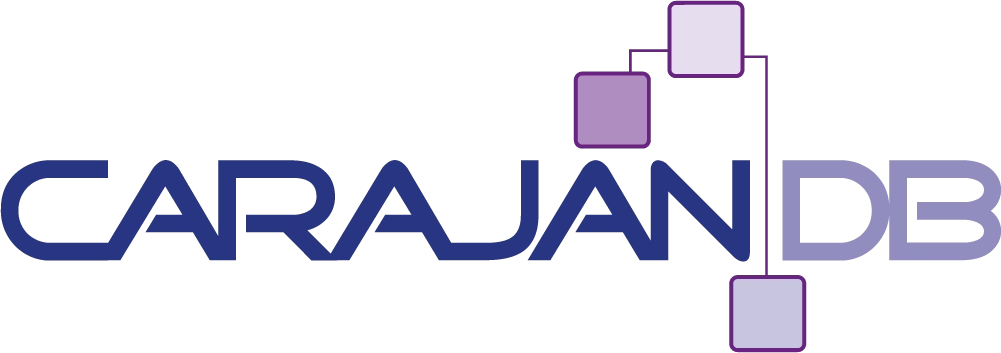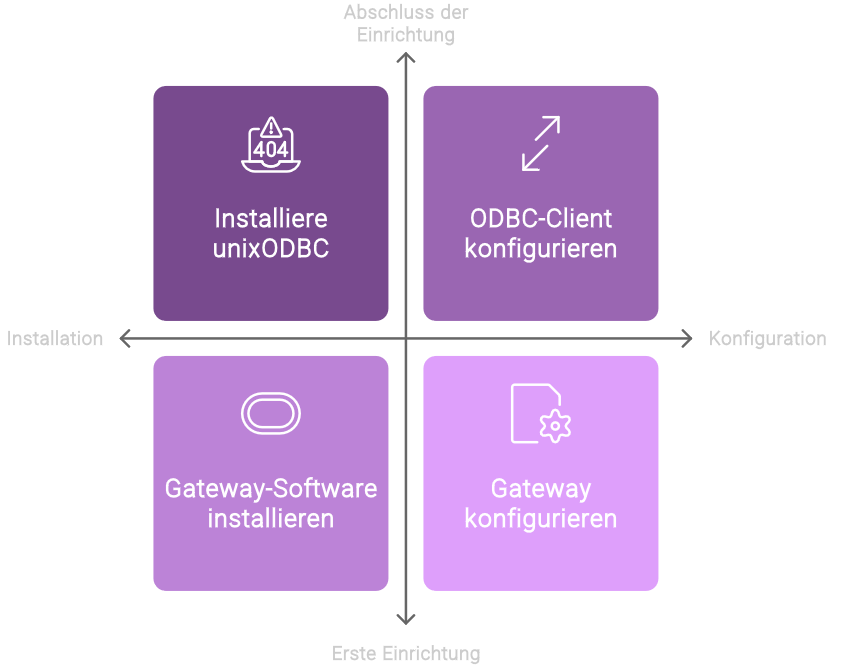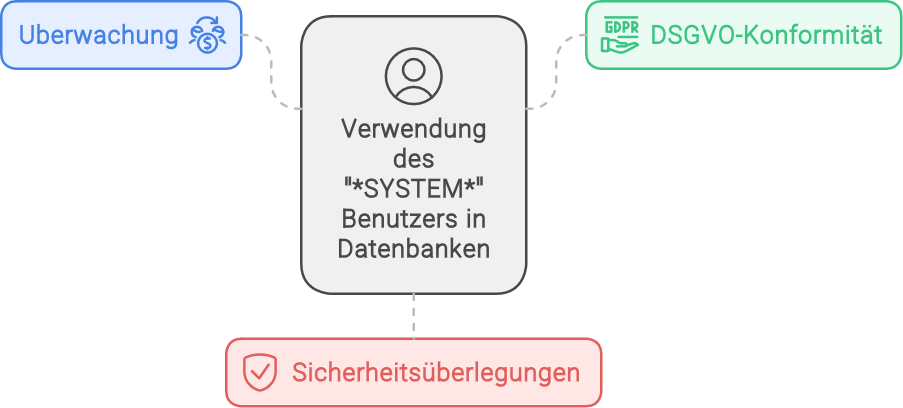The Wonderful AI Christmais tree 26 AI
You’ve probably always wondered why there is still no perfect Christmas. We have the answer: “because the Wunderfull AI Christmais tree 26 AI was missing” – Until today. Because we spared no expense or effort in having the ultimate Waihnachtsbaum 26 AI styled by the best AI assistants, such as Grog (who unfortunately put too much rum in the tea), ChatGypsy, Herjemine and Cloudia, and optimized by our co-pilot. The source of all joy is supplied with 100 meters of barbed wire to prevent the unique appearance from being disturbed by the unprofessionally attached balls. Instead of mundane LED lights, […]
The Wonderful AI Christmais tree 26 AI Blogbeitrag lesen »


